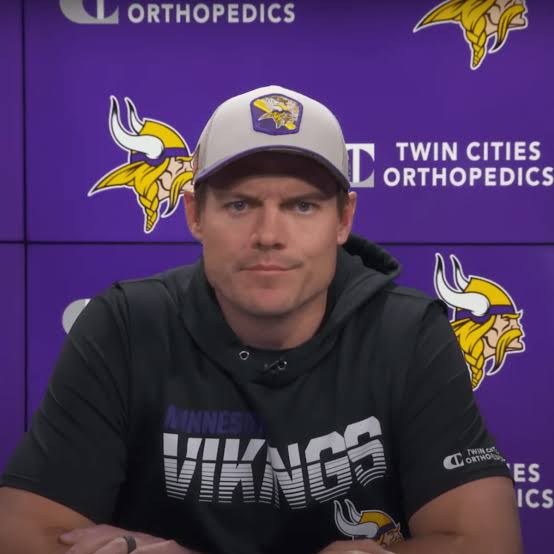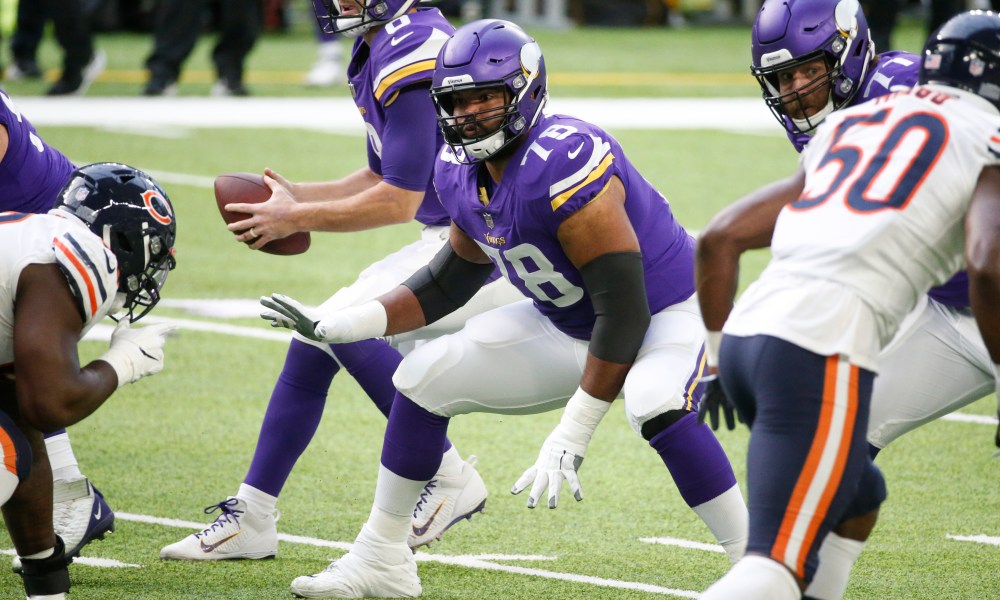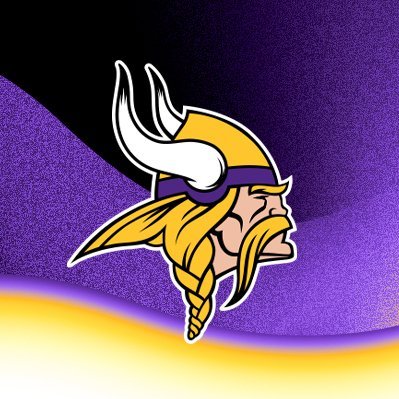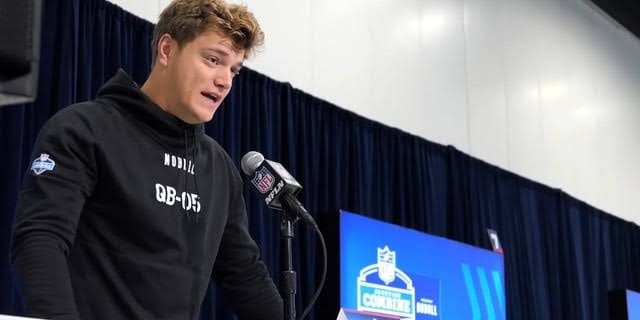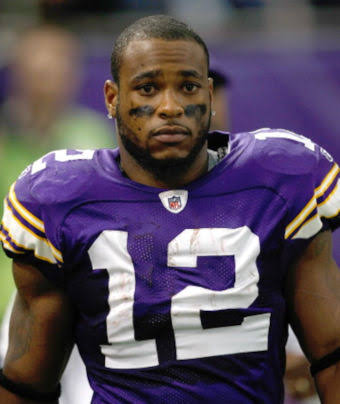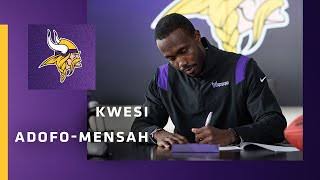Sad news from minnesota vikings…


Enough with being polite, the Minnesota Vikings have been awful at home this season. Headlined by losses to the Tampa Bay Buccaneers and Chicago Bears, the team is a repulsive 2-4 in front of fans at U.S. Bank Stadium.
Losing to the dysfunctional Los Angeles Chargers and the Super Bowl Champion Kansas City Chiefs is a bit more understandable, but even those games were decided by a score and should have felt more in command with an ocean of purple and gold jerseys in the stands.
The Vikings only have two home games left at home but both will have huge implications on the season.
The first is on Christmas Eve against the Detroit Lions and the next is on New Years Eve against the Green Bay Packers.
It’s sad that the Minnesota Vikings need to win their last two games at U.S. Bank Stadium to have a 4-4 record at home this season. It used to be such an advantage to play at home (304-172-4 all-time), but that hasn’t been the case this season.
It wasn’t quite the Minneapolis Miracle, but there were similarities.
Late in the first half of last night’s 49ers-Vikings game, quarterback Kirk Cousins found rookie receiver Jordan Addison for a 60-yard catch-and-run touchdown. It pushed the score to 16-7, at a time when it felt like the 49ers had gathered real momentum.
The ball could have been, and frankly should have been, intercepted by San Francisco cornerback Charvarius Ward. At a deeper level, however, the 49ers made a very bad defensive call.
Chris Simms and I spent plenty of time breaking it down on Tuesday’s PFT Live. The 49ers sent seven men toward Cousins, with single coverage on three receivers and linebacker Fred Warner dropping from the line, apparently in the event tight end T.J. Hockenson ran a pattern. (He didn’t.).
The Vikings had no timeouts. Sixteen seconds remained in the half. The Vikings were highly unlikely to get to the end zone. It would have been difficult to complete a pass in field-goal range and kill the clock before the half expired.



